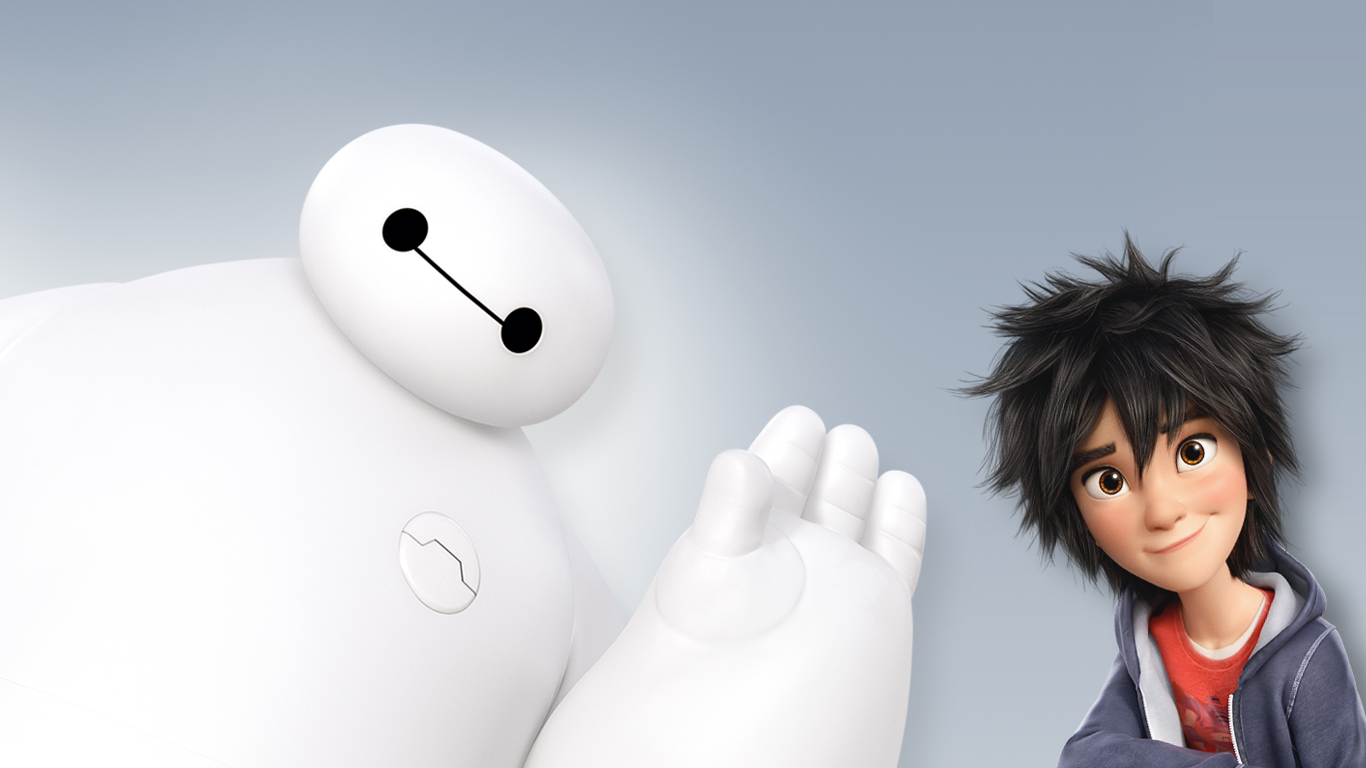Since Iron Man’s release in 2008, America has pretty much gobbled up everything Marvel to appear on the silver screen, Nic Cage’s Ghost Rider: Spirit of Vengeance being the most glaring exception. With Guardians of the Galaxy, we’ve seen even lesser-known super teams find huge box office and culture success. So it’s somewhat odd that Big Hero 6, a movie based on Marvel’s fairly obscure Japanese superhero team, carries almost zero traces of Marvel branding, interconnectivity, or even character identity. This is a straight-up Disney’s flick, and that’s clear all the way to the foundation.
That’s not necessarily a bad thing (though one can’t help but think Disney’s marketing team blew a golden opportunity). With a decidedly younger tone and the cutest robot since Wall-E (the former is a big scary dragon bot in the comics, by the way), Disney and Marvel have utilized what for most people is an unknown super squad, simplifying the origin story to make it accessible to both kids and adults.
The movie opens on Hiro Hamada (Ryan Potter), a boy genius who uses his talents to bail on school and take part in illegal robot fights. To stave off delinquent practices, Hiro’s brother shows off the robotics department at his college. There Hiro meets a renowned professor and a bunch of goofy science nerds who inevitably become his teammates when tragedy befalls the Hamada family.
Said tragedy signals the arrival of Baymax, the aforementioned cuddly robot, into Hiro’s day-to-day life. This version of Baymax, unlike his comic-book dragon counterpart, appears as an inflatable vinyl robot, based on real-world work in soft robotics at Carnegie Mellon. Basically, he’s a giant balloon nurse, stumbling into action when Hiro accidentally injures himself. When it becomes clear that the tragedy this article vaguely-alluded-to harbors sinister undertones, Hiro modifies Baymax with some Matrix-esque martial arts programs and they karate chop into action.
The “children’s movie” tactic definitely pushes BH6 down a softer route than, say, Guardians of the Galaxy, but not by much. There are some seriously heavy plotlines for a kid demographic. Adults will find enough to chew on, but will probably find themselves most entertained by the film’s humor. Baymax’s conversion from should-be dragon to—let’s face it—a goofy pudge ends up being the best part of the movie, with a standout scene of what can only be described in this absurd hyphenated monstrosity: when-kids-and-adults-are-laughing-at-the-same-thing-but-the-kids-are-laughing-because-it’s-goofy-and-the-parents-are-laughing-because-of-the-adult-humor-that-the-kids-don’t-understand-yet. There should be a word for that. Shrekery? Anyway, Baymax is basically drunk and stumbling around like an idiot, and much delight is had.
All-in-all, Big Hero 6 isn’t revolutionary, but it is a solid animated action flick. There’s plenty of laughs for both grown-ups and the little ones, and its semi-serious tone works on a number of levels, from teaching the dull pain of loss to the importance of using one’s brain, rather than powers, to get out of a jam. While it’s rooted in Marvel, BH6 feels almost entirely Disney.
